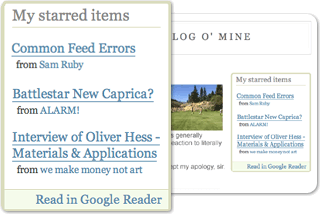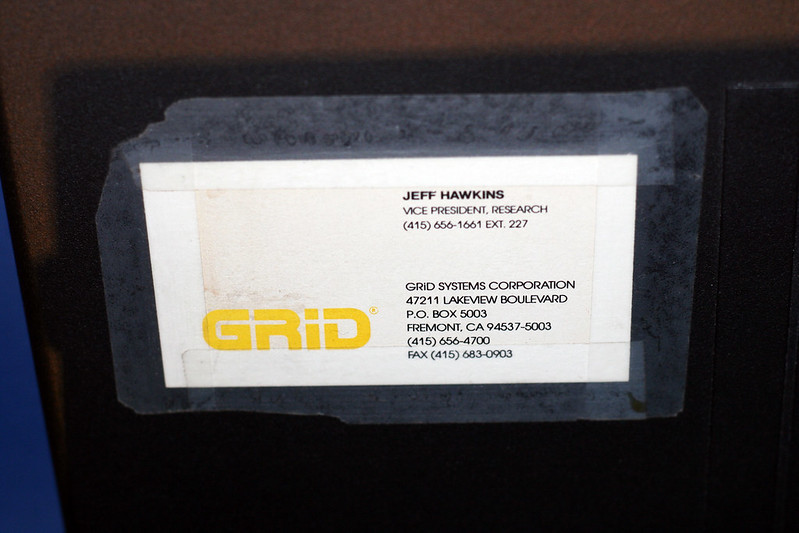I am in west Los Angeles today and dropped by theOffice, a community workspace serving the professional writing community of Santa Monica and surrounding areas. They have put a lot of thought and effort into creating an ideal creative work environment combining elements of a cafe, library, and Feng Shui garden into a place creative professionals feel inspired and focused.
Background information
The workspace was founded by writer and director Aleks Horvat in 2004 with charter members such as J.J. Abrams, Jim Uhls, and Mara Brock Akil. A wall-of-fame tracks successful works written in the space. Aleks was working out of cafes or at home, using uncomfortable chairs, and surrounded by noise and interruptions. theOffice was founded to create a quiet new space free of interruptions, surrounded by other like-minded individuals, and with access to everything they needed to be successful writers.

What is your ideal work environment? The working space here contains a 8-foot bonsai tree and river stones as the centerpiece of a round table and group work area. A bubbling brook creates ambient noise nearby. The edges of the room contain individual desks or you may wish to plop down on a more plush chair with a writing ledge. Since we’re in sunny Santa Monica, you can also sit outside on the deck and enjoy the mild weather. I chose a seat on the edge of the room but in a group work environment sitting around the bonsai seems ideal.

Every seat has power, an ethernet jack, and ambient WiFi. You can sit in an Aeron chair, wear Bose noise-reducing headphones, and focus on your work. A common library supplies the latest newspapers, trade magazines, industry directories, and reference books. Tea, coffee, water, and espresso drinks are available. The environment is focused on quiet: you must set your cell phone on vibrate, and take any conversations outside. It’s located near San Vicente Boulevard and 26th Street in Santa Monica, between two country clubs and near the target market of writers in their 30s and 40s. The surrounding area contains a few small restaurants and shops to provide good food and entertaining work breaks.
Business plan
theOffice shuffled their business plan at the beginning of the month to create more recurring revenue and provide more services for its most frequent users. The space had been available on an hourly basis since 2004 but has now moved to a membership plan with either 24/7 access, half day access, or hourly access during less busy night and weekend hours.
theOffice currently has about 45 members paying monthly dues ranging from $350-$600. Students receive a 20% discount. During my visit there were about 10 people using the space, and I was told that although 24/7 access is a nice feature, few members have taken advantage of their key access so far. Events are held every Monday night to bring together the local writing community and introduce new people to the space.
My take
I decided to visit theOffice to see how their ideas for an inspirational workplace might be applied to an office or coworking environment. I like the variety of work spaces allowing you to choose between soft chair, group table under the tree, square individual desk, or sunshine on the patio. The neon sign out front summarizes the basic features and focus of the space: quiet, coffee, comfort, Internet.
Members join theOffice for access to all the best amenities of a home office in a quiet and disciplined environment. Screenplay writing and other creative works are often immersive experiences that take a year or two to complete. I spoke with a couple members who told me they view their membership fees as an investment in their personal efficiency and quality of work. Judging from the wall-of-fame and charter members it’s obvious that the work environment has already paid off for some writers and new members would like to enable that type of success.
If people are willing to pay $200 a month for membership to a certain gym to work out for an hour a day, $600 a month for full access to a managed office environment does not seem too bad to me. I would opt for the $350 a month plan since a set 7-hour block every day is more my style.
If more space was available I would add a few small meeting rooms and perhaps a few small lockers so members could leave their notepads and books overnight. The space is configured for writers but an ideal work environment for geeks would likely include a full-size keyboard and mouse as well as an external LCD screen at select workstations. Technical support and backup would be good geek value-adds at a relatively cheap cost and I would set up an iTunes jukebox for everyone to jam to their favorite tunes.
Thanks to John and members of theOffice for being kind hosts today. I wish them luck in creating the ideal work environment for individual writers.









